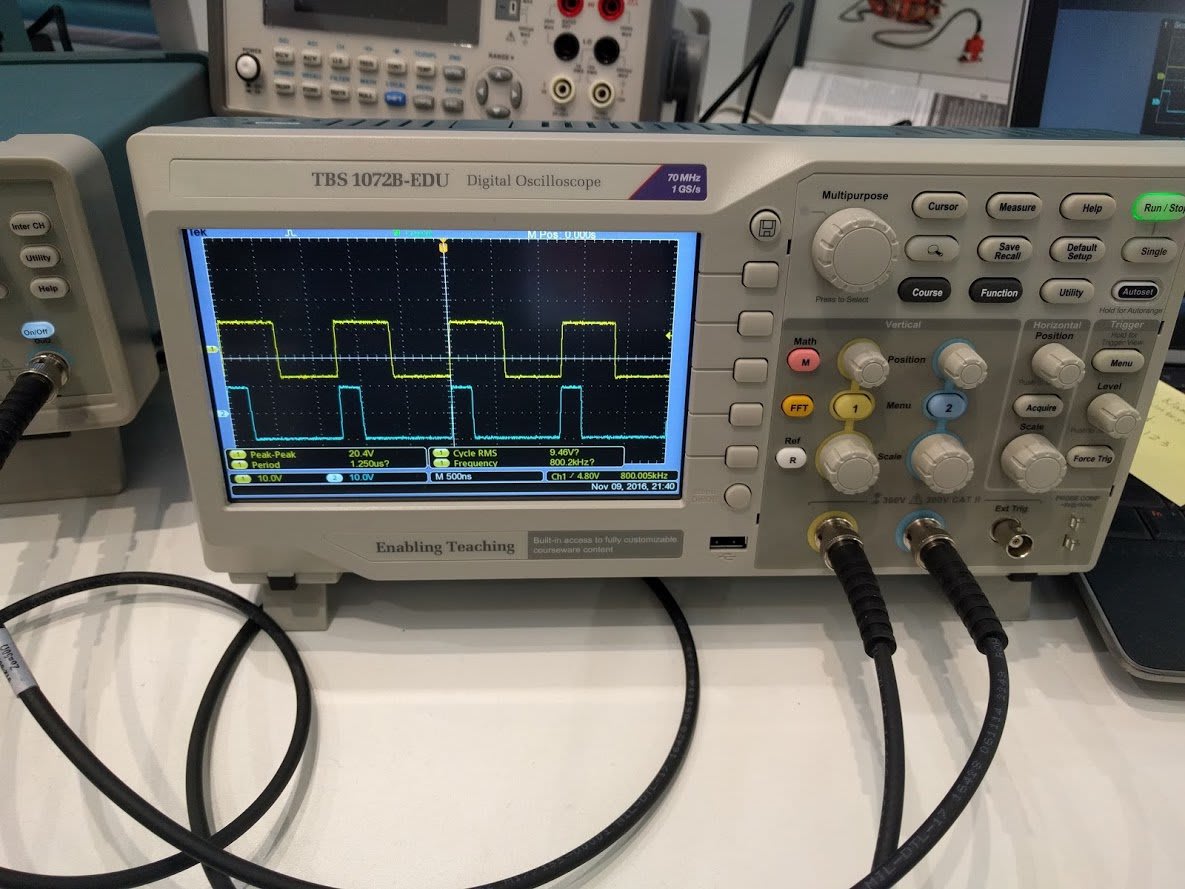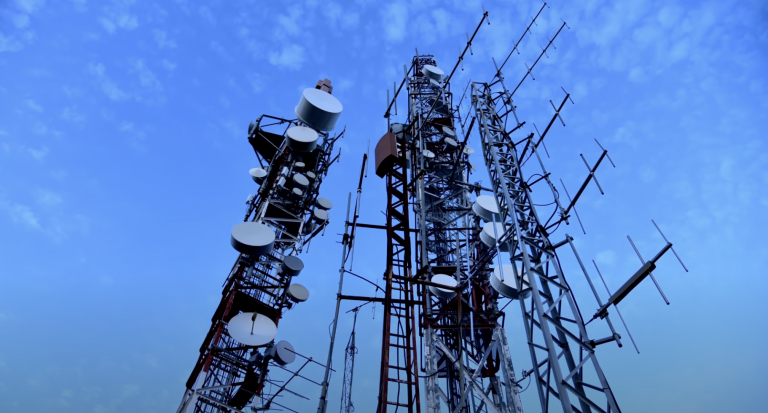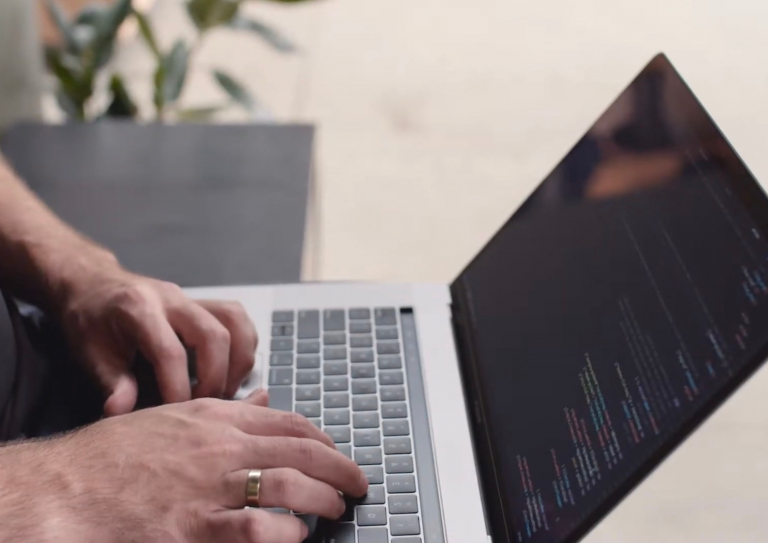Factors to consider when buying an oscilloscope!
There are several different factors and parameters that you must consider before buying an oscilloscope. Some of the important most factors are discussed in the following list:
Software and user interface
First and foremost, you must consider the software of the oscilloscope as it plays an important role whilst using the device. Especially for beginners and is important to choose a software that they are familiar with already, because if the user interface is unusable for the user than investing in a good oscilloscope will be of little to no use for them.
Bandwidth
Bandwidth is one of the most important oscilloscope parameters. It determines the range of frequencies that can be precisely analyzed using the oscilloscope. It is measured in Hertz, and in Mega Hertz for entry level scopes. The bandwidth of the o-scope must be 5 times higher than the maximum frequency of the signal so that an accurate wave-form representation can be made. Though, the higher the bandwidth, the more expensive an o-scope gets.
Sample rate
The sample rate is the number of samples the scope can measure per second. It is used to achieve a greater resolution wave-form. This delivers more precise image of faster signals and can detect sudden changes. However, there are two different types of sample rates in oscilloscopes, the first one being the real-time sampling rate – RTS and the second one being the equivalent time sampling rate – ETS. The ETS is usually higher than most RTS. While, RTS is used when single shot signals are being measured, whereas, the ETS is used when making wave-form is necessary due to stable and repetitive signals. Additionally, whilst purchasing o-scope it is necessary that you buy a sampling rate 5 times higher than whatever you are going to measure to aid in an accurate production of wave-form.
Memory depth
The memory depth is the volume of data or samples the o-scope is capable of storing. Using higher memory depth, you can store, display and analyze the signal in bigger chunks and time frame. In simple words, it basically limits how long the signal can be taken before the memory is full. The memory depth is in fact equal to the sampling rate by the time on the display. Therefore, a scope with considerable memory depth is preferable so that satisfactory wave-form can be captured.
Number of channels
Another important factor for an oscilloscope is its number of channels or inputs as it determines the number of signals you can view and analyze simultaneously. Entry level oscilloscopes typically have 2 to 4 channels as additional channels increases the price. Though it totally depends on the field of work you want to use an oscilloscope for as for a hobbyist, usually a 2-channel o-scope sufficient. However, if you are interested in viewing all of the signals than you would require a mixed signal oscilloscope which is also known as the MSO. As such o-scopes comes with two to four analog channels and usually up to sixteen digital channels.
The responses below are not provided, commissioned, reviewed, approved, or otherwise endorsed by any financial entity or advertiser. It is not the advertiser’s responsibility to ensure all posts and/or questions are answered.






